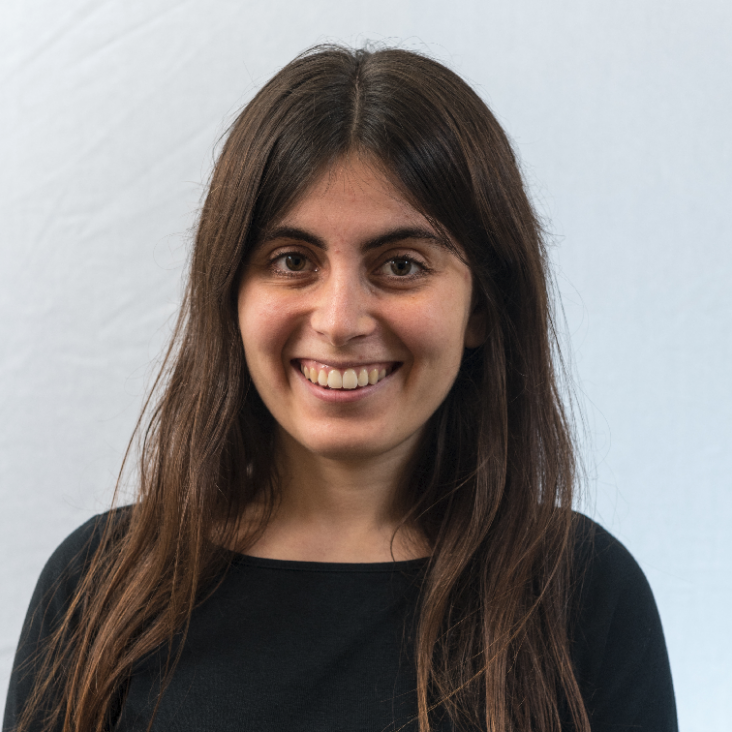Explicit Bayesian treatment of unknown foreground contaminations in galaxy surveys
A&A 2019
Abstract:
The treatment of unknown foreground contaminations will be one of the major challenges for galaxy clustering analyses of coming decadal surveys. These data contaminations introduce erroneous large-scale effects in recovered power spectra and inferred dark matter density fields. In this work, we present an effective solution to this problem in the form of a robust likelihood designed to account for effects due to unknown foreground and target contaminations. Conceptually, this robust likelihood marginalizes over the unknown large-scale contamination amplitudes. We showcase the effectiveness of this novel likelihood via an application to a mock SDSS-III data set subject to dust extinction contamination. In order to illustrate the performance of our proposed likelihood, we infer the underlying dark-matter density field and reconstruct the matter power spectrum, being maximally agnostic about the foregrounds. The results are compared to those of an analysis with a standard Poissonian likelihood, as typically used in modern large-scale structure analyses. While the standard Poissonian analysis yields excessive power for large-scale modes and introduces an overall bias in the power spectrum, our likelihood provides unbiased estimates of the matter power spectrum over the entire range of Fourier modes considered in this work. Further, we demonstrate that our approach accurately accounts for and corrects the effects of unknown foreground contaminations when inferring three-dimensional density fields. Robust likelihood approaches, as presented in this work, will be crucial to control unknown systematic error and maximize the outcome of the decadal surveys.
Imprints of the large-scale structure on AGN formation and evolution
A&A 2018
Abstract:
Black hole masses are found to correlate with several global properties of their host galaxies, suggesting that black holes and galaxies have an intertwined evolution and that active galactic nuclei (AGN) have a significant impact on galaxy evolution. Since the large-scale environment can also affect AGN, this work studies how their formation and properties depend on the environment. We have used a reconstructed three-dimensional high-resolution density field obtained from a Bayesian large-scale structure reconstruction method applied to the 2M++ galaxy sample. A web-type classification relying on the shear tensor is used to identify different structures on the cosmic web, defining voids, sheets, filaments, and clusters. We confirm that the environmental density affects the AGN formation and their properties. We found that the AGN abundance is equivalent to the galaxy abundance, indicating that active and inactive galaxies reside in similar dark matter halos. However, occurrence rates are different for each spectral type and accretion rate. These differences are consistent with the AGN evolutionary sequence suggested by previous authors, Seyferts and Transition objects transforming into LINERs (Low-Ionization Nuclear Emission Line Regions), the weaker counterpart of Seyferts. We conclud that AGN properties depend on the environmental density more than on the web-type. More powerful starbursts and younger stellar populations are found in high densities, where interactions and mergers are more likely. AGN hosts show smaller masses in clusters for Seyferts and Transition objects, which might be due to gas stripping. In voids, the AGN population is dominated by the most massive galaxy hosts.
Cosmic expansion history from SNe Ia data via information field theory
A&A 2017
Abstract:
We present charm (cosmic history agnostic reconstruction method), a novel inference algorithm that reconstructs the cosmic expansion history as encoded in the Hubble parameter H(z) from SNe Ia data. The novelty of the approach lies in the usage of information field theory, a statistical field theory that is very well suited for the construction of optimal signal recovery algorithms. The charm algorithm infers non-parametrically s(a)=ln(ρ(a)/ρcrit0), the density evolution which determines H(z), without assuming an analytical form of ρ(a) but only its smoothness with the scale factor a=(1+z)−1. The inference problem of recovering the signal s(a) from the data is formulated in a fully Bayesian way. In detail, we have rewritten the signal as the sum of a background cosmology and a perturbation. This allows us to determine the maximum a posteriory estimate of the signal by an iterative Wiener filter method. Applying charm to the Union2.1 supernova compilation, we have recovered a cosmic expansion history that is fully compatible with the standard ΛCDM cosmological expansion history with parameter values consistent with the results of the Planck mission.
NIFTy 3 - Numerical Information Field Theory - A Python framework for multicomponent signal inference on HPC clusters
Annalen der Physik 2017
Abstract:
NIFTy, "Numerical Information Field Theory", is a software framework designed to ease the development and implementation of field inference algorithms. Field equations are formulated independently of the underlying spatial geometry allowing the user to focus on the algorithmic design. Under the hood, NIFTy ensures that the discretization of the implemented equations is consistent. This enables the user to prototype an algorithm rapidly in 1D and then apply it to high-dimensional real-world problems. This paper introduces NIFTy 3, a major upgrade to the original NIFTy framework. NIFTy 3 allows the user to run inference algorithms on massively parallel high performance computing clusters without changing the implementation of the field equations. It supports n-dimensional Cartesian spaces, spherical spaces, power spaces, and product spaces as well as transforms to their harmonic counterparts. Furthermore, NIFTy 3 is able to treat non-scalar fields. The functionality and performance of the software package is demonstrated with example code, which implements a real inference algorithm from the realm of information field theory.


